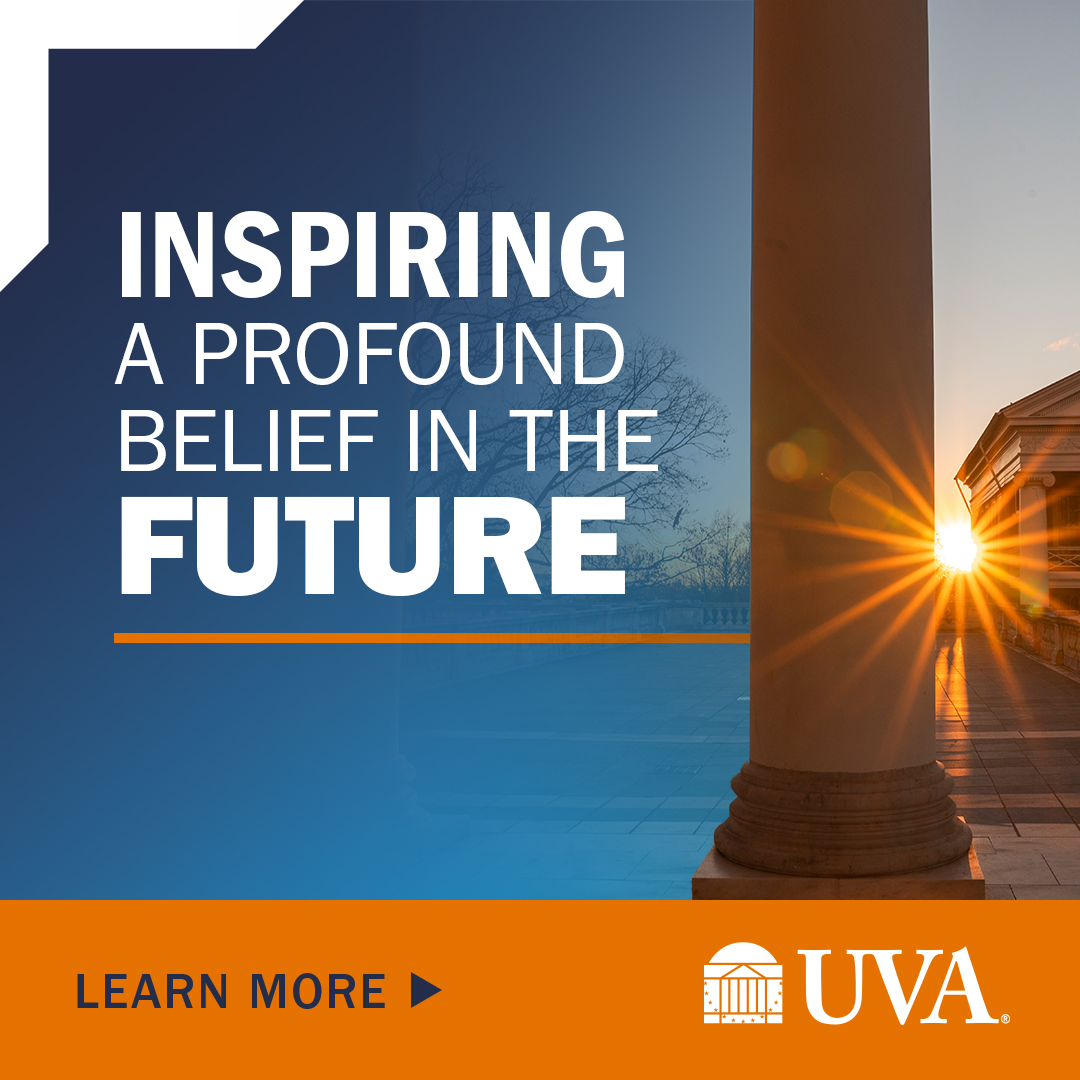The questions about the University’s DEI expenditures surfaced recently after a blog compiled a list of University workers that swept up 235 people in the search, a 327% overcount. The analysis, which did not rely on any context or background from the University itself, included many positions that perform important functions here at UVA, but not functions that are associated with diversity, equity or inclusion work.
For example, the tally:
- Wrongly included about 100 UVA students who serve as community tutors and career counselors.
- Misclassified many others responsible for investigating claims made under various provisions of the federal civil rights laws, including those relating to sexual violence or religious discrimination.
- Included faculty and staff members who have some DEI responsibilities, but classified them inaccurately as full-time DEI employees.
In many cases, the external report not only mischaracterized the positions of part-time student workers, it also inaccurately converted their salaries from hourly seasonal roles to full-time annual jobs, resulting in a considerable inflation of what they are actually paid.
The question of UVA’s DEI commitment has come up before and was the subject of a presentation to the Board of Visitors less than a year ago. University records then accounted for 55 dedicated DEI positions with a total annual budget of $5.8 million. The numbers now are roughly the same, McDonald said.
“Even at an institution as beautiful and historic as UVA, the best thing about our University is the people who come here from all over the world to live, learn and work. So much so, that we often find that members of our UVA family learn as much from each other and the surrounding communities as they do in the classroom or the library,” he said. “At UVA, we understand DEI to mean welcoming people from different backgrounds and perspectives, equipping them with the tools to navigate, negotiate, understand, mutually respect and value their differences while making sure they have what they need to succeed and feel at home here on Grounds.”
President Jim Ryan outlined the reasons behind the University’s initiatives a year ago in the Chronicle of Higher Education.
“College campuses are, and should continue to be, places where students are likely to encounter people who have different backgrounds, experiences, and viewpoints, and they should be places that search for and welcome talented students, faculty and staff from all walks of life and every background.”
DEI should not be shorthand for race, ethnicity and gender, Ryan wrote. Rather, it encompasses a broad array of students, including first-generation students and students with disabilities. Equity, Ryan wrote, is perhaps the most misunderstood piece of the puzzle. It doesn’t mean equal outcomes, but rather equal opportunities.
“The term recognizes that not everyone starts in the same place or is in the same circumstances, so treating people exactly alike is not aways fair – and not always consistent with providing equal opportunities. How far a college goes to remove barriers to success will always be subject to debate, but the basic idea should not be controversial.”
“In my view,” McDonald said, “colleges and universities should be spending resources to provide equal opportunities for staff, faculty, students and local constituents in their communities. I believe those are wise investments.
“But strictly as a factual matter, if you hear UVA spends $20 million yearly on DEI programs, including 235 employees, that’s simply false.”
Have a burning question for our crack team of UVA historians, experts, students and staff to answer? Send your queries to HoosAsking@virginia.edu.











